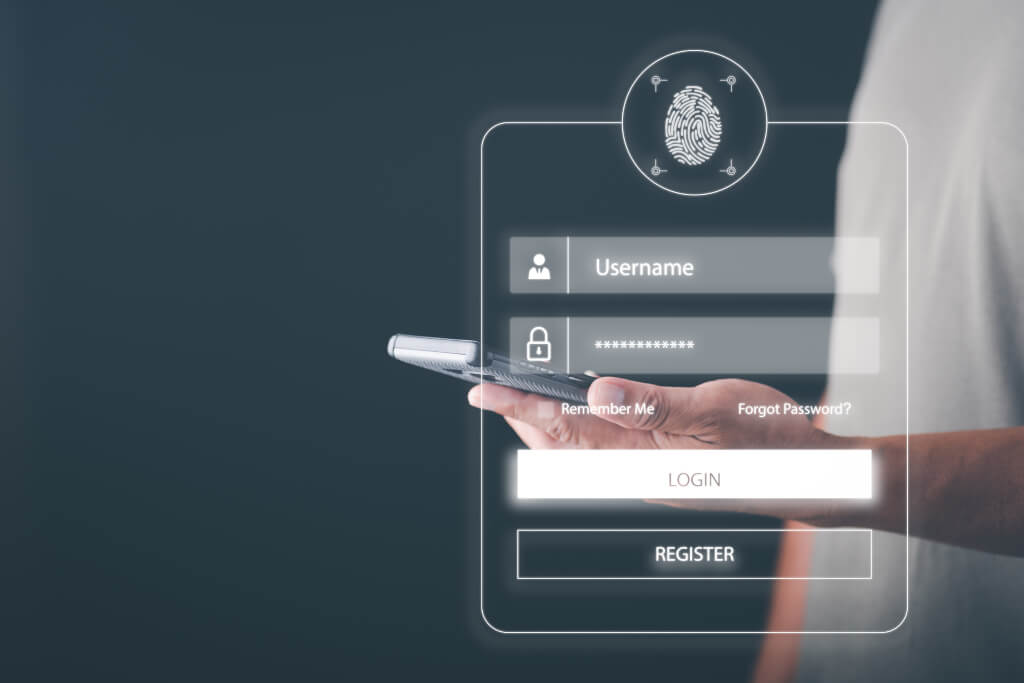Passwords have a rich historical background, with their use dating back centuries. While the concept of passwords has been integral to human history, the modern electronic computer system’s passwords have a different origin. This article will explore the fascinating journey of how computer passwords came into existence and their evolution over time.
The Ancient Origins
The practice of using passwords can be traced back to ancient times. For instance, in the 6th or 7th century BC, the Book of Judges mentioned passwords. Judge 12 describes an incident where passwords were used, highlighting their historical significance in security measures.
Roman Use of Passphrases
Throughout history, various cultures employed different methods of passwords for security. The Roman legionaries used simple passphrases to distinguish friends from foes. As recorded by the Greek historian Polybius, the Roman army used password systems to ensure security during their guard duties.
The Birth of Computer Passwords
The development of computer passwords as we know them today can be attributed to Fernando Corbato, a retired professor at the Massachusetts Institute of Technology (MIT). Corbato introduced the first password system for electronic computers, specifically the MIT Compatible Time-Sharing System, in 1961. This marked a significant step in computer security, especially when multiple users needed access to shared computers.
Uncertainty in Attribution
It’s essential to acknowledge that attributing the creation of computer passwords to a single individual is not straightforward. Although Corbato played a crucial role, the IBM Semi-Automatic Business Research Environment (Sabre) in the 1960s is believed to have used passwords as well. The exact origins of computer passwords remain somewhat unclear due to the absence of comprehensive records.
Security Challenges
Early computer password systems, including those established by Corbato, had a fundamental security flaw – storing passwords in plain text. This vulnerability became evident when a Ph.D. student, Allan Scherr, printed all computer passwords in 1962. This breach led to unauthorized use of computer time and raised questions about the security of these early systems.
The First Password Theft
Allan Scherr’s actions marked the first known computer password theft. He used the stolen password list for personal gain, but the incident was not initially detected. This early event in computer security history demonstrates that, despite advancements in technology, human motivations haven’t changed significantly over the years.
Ensuring Access to Your Digital Identity
Incorporating Password Management into Your Estate Planning
In today’s digital age, a significant portion of your life is stored online, protected by passwords. The University of London revealed that approximately 10% of people are now including their common passwords in their wills to facilitate access to their digital data and accounts after they pass away. To safeguard your digital legacy, consider integrating password management into your estate planning. This proactive step can ensure that your loved ones can navigate the online realm in your absence.
Reflecting on the Lessons from 9/11
The aftermath of the 9/11 tragedy shed light on the challenges of accessing digital accounts without proper preparation. For instance, former Cantor Fitzgerald executive Howard Lutnick faced the arduous task of obtaining passwords from over 700 employees who had lost their lives in the attack. To access critical company files before the bond markets reopened, Lutnick’s team had to contact the families of the deceased to request passwords or make educated guesses. The majority of employees used easily guessable passwords, highlighting the flaws in conventional password advice. In your estate planning, you can learn from such experiences and ensure a smoother transition of digital assets.
Reconsidering Password Strength
Bill Burr’s infamous password recommendations, which encouraged the use of complex combinations of characters, are now seen as counterproductive. Many people followed these guidelines, creating passwords like “J3r3my!” These types of passwords, although they may seem strong, are susceptible to brute-force attacks. Microsoft’s team quickly cracked such passwords due to their predictability. When thinking about your digital legacy, reconsider the strength of your passwords. Opt for long, basic passphrases that are challenging for others to guess but easy for your loved ones to manage in your absence.
Password Managers: A Practical Solution
One way to secure your digital legacy is by using password manager software. Encourage your loved ones to adopt this technology in your estate planning. Password managers help maintain various strong, unique passwords for different online accounts. This not only enhances security but also simplifies the process for those who need to access your digital assets after your passing. By promoting the use of password managers, you contribute to the protection of your digital legacy.
Empowering Your Loved Ones
Include instructions on how to access your password manager in your estate plan. Ensure your chosen representative or beneficiaries know where to find the necessary information and have access to the tools required. Empower your loved ones to manage your digital legacy effectively. This proactive approach not only grants them access but also eases the burden during a challenging time.
Stay Informed and Adapt
The digital landscape continually evolves, and so should your approach to managing your digital legacy. Stay informed about the latest security practices, password management technologies, and legal considerations. Regularly update your estate plan to reflect these changes, ensuring that your loved ones can access your digital assets without unnecessary complications.
Shift in Password Recommendations
The evolving landscape of password security prompted a shift in the recommended password practices. The National Institute of Standards and Technology (NIST) introduced guidelines that emphasized the importance of creating long, basic passwords instead of complex combinations. This change was a response to the realization that many conventional password practices were prone to exploitation by hackers.
Adapting to User Behavior
As password-related challenges persisted, experts recognized the impact of user behavior on the effectiveness of password security. Users often resorted to strategies such as writing down passwords, reusing them across multiple platforms, or generating predictable passwords, all of which undermined security. Such practices highlighted the need to find a balance between security and user convenience.
The Role of Password Managers
The increasing complexity of password management led to the emergence of password manager software. These tools offered a viable solution to the challenge of managing numerous strong and unique passwords for different online accounts. Encouraging the use of password managers became an essential aspect of effective digital security strategies.
The Future of Passwords
Enhancing Biometric Authentication
As technology continues to advance, the future of password authentication is likely to involve a greater emphasis on biometric security measures. Biometric authentication, such as fingerprint scanning and facial recognition, offers a more secure and convenient alternative to traditional password systems. Embracing these advancements can significantly bolster your digital security.
Integration of Multi-Factor Authentication
The integration of multi-factor authentication is poised to become a standard practice in the digital realm. Combining various authentication methods, such as passwords, biometrics, and one-time verification codes, adds a layer of security to your accounts. Embracing multi-factor authentication will become essential in safeguarding your digital identity and sensitive data.
The Rise of Passwordless Solutions
The ongoing development of passwordless authentication solutions is reshaping the future of digital security. Passwordless authentication relies on alternative verification methods, such as secure tokens or biometrics, to grant access to digital platforms. Embracing passwordless solutions can streamline your authentication process while minimizing the risks associated with traditional password-based systems.
Implementing Advanced Encryption Protocols
As cybersecurity threats evolve, the implementation of advanced encryption protocols is crucial in fortifying your digital defenses. Employing robust encryption algorithms and secure communication channels can safeguard your sensitive data from unauthorized access and potential breaches. Prioritizing the integration of advanced encryption protocols will be pivotal in maintaining the integrity of your digital assets.




